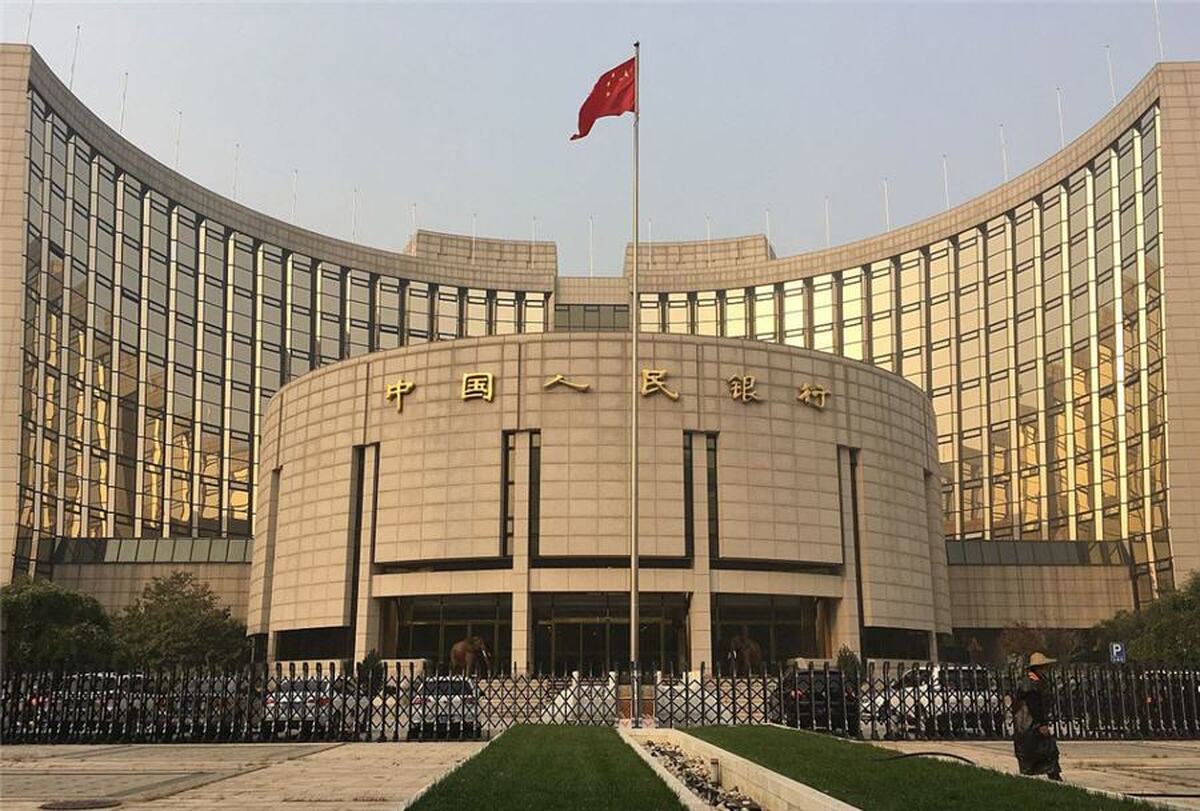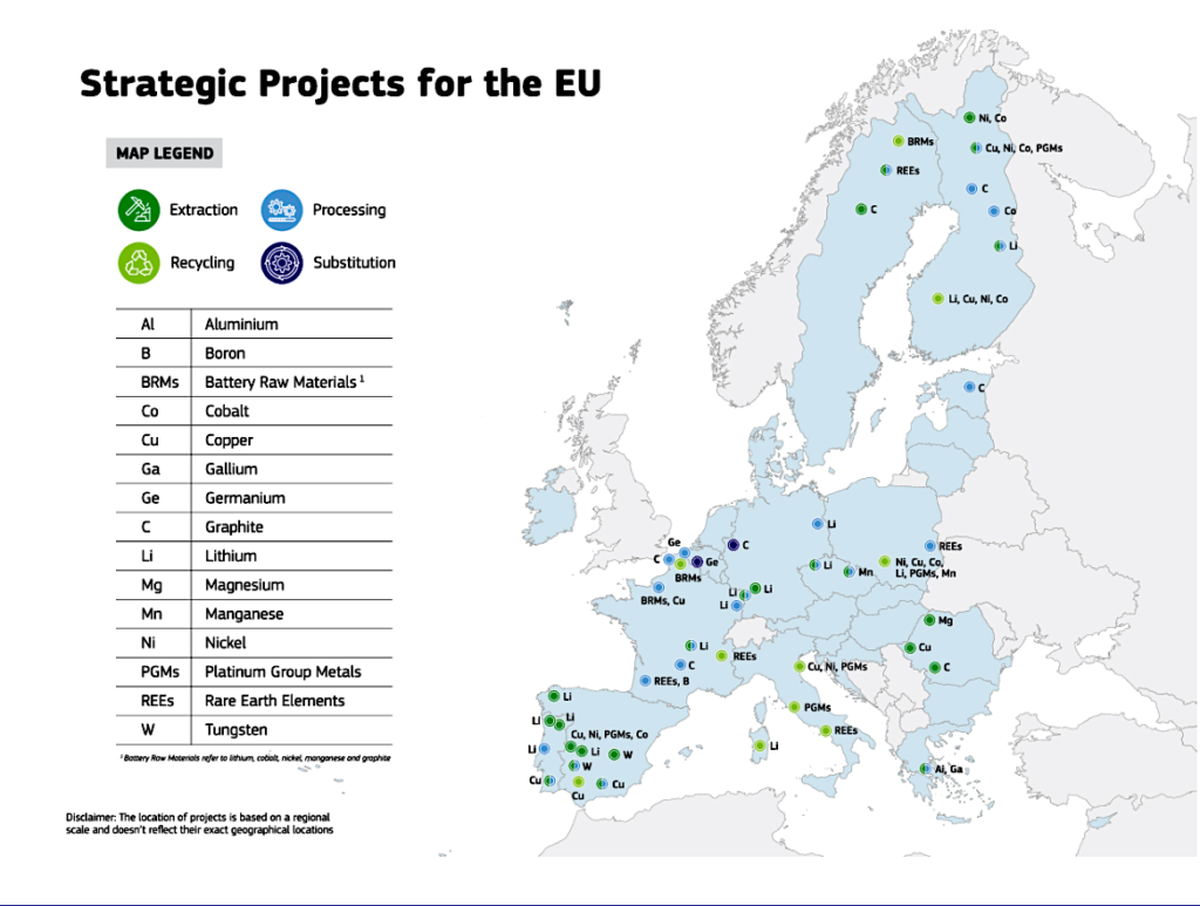
Gold trade war refuge

According to me-metals cited from mining.com, After US markets closed last Wednesday the 2nd, Trump held his “Liberation Day” press conference. His plans for big tariffs to force manufacturing to return to the US creating American jobs was nothing new, it was among his campaign’s major themes. Yet from November’s Election Day to that pivotal presser, traders widely believed tariff threats were a hardline negotiating tactic. Trump himself reinforced that view.
He had been vacillating on big tariffs for the first couple months of his second term, announcing them then soon delaying them. That helped the flagship S&P 500 stock index surge 6.2% from Election Day to mid-February, achieving 13 new record closes. But Trump hadn’t wavered on his decades-old belief that he articulated again in his presser, “Our country and its taxpayers have been ripped off for more than 50 years”.
He was declaring “instituting reciprocal tariffs on countries throughout the world … That means they do it to us and we do it to them, very simple, can’t get any simpler than that.” Trump imposed baseline tariffs of 10% for all countries, milder than the 15% expected. But then he revealed big posterboard displays listing “Tariffs Charged to the U.S.A. Including Currency Manipulation and Trade Barriers” for fully 185 countries!
Trump warned “we will charge them approximately half of what they are and have been charging us”. For each country that was listed under “U.S.A. Discounted Reciprocal Tariffs”, these were generally way-more-aggressive than Wall Street forecasts. For example China’s total tariffs, currency manipulation, and trade barriers affecting US imports were calculated at 67%. So Trump’s reciprocal tariffs would run 34%.
And these new reciprocal tariffs would be added on top of existing US tariffs, 20% in China’s case. So its total tariffs would be at least 54%! That qualifier is because in late March Trump had decreed that any country buying Venezuelan oil would face additional 25% tariffs. Reciprocal tariffs on Mexico and Canada were 25% for goods not covered by the earlier USMCA trade deal, and the European Union’s were set at 20%.
But some went considerably higher, like Vietnam’s 46%. That country has become a major manufacturing competitor to China, with plenty of larger American apparel companies relying on it in their supply chains. These big new tariffs were ominous for stock prices on multiple fronts. First, the 500 elite SPX stocks entered April trading at still-bubble-valued average trailing-twelve-month price-to-earnings ratios of 29.7x.
Such expensive levels made stocks very vulnerable for a serious selloff, regardless of the catalyst. Second, about 4/10ths of the total revenues of all SPX companies come from outside the US! Retaliatory tariffs imposed by other countries would force selling prices higher, sometimes dramatically. That would really retard demand, eroding sales which profits would leverage to bigger drops forcing valuations even higher.
Mighty Apple is a great example, importing around 9/10ths of its products from China. Apple’s massive quarterly earnings are the biggest and most-important in the S&P 500, making that entire index look less overvalued. While Apple’s profit margins are huge and it can absorb some of those 54% tariffs, that will really cut into earnings. Some of those tariffs will almost certainly have to be passed along in final prices.
How much would American iPhone demand fall if prices surged 25%? If China retaliated with big tariffs on American imports, how much would Apple’s China sales plunge? In the latest-reported Q4 results, China accounted for 14.9% of Apple’s total revenue. Trump’s “declaration of economic independence” last week would reshape the entire global economy, really changing the outlooks for many big US stocks.
So the market reaction was violent, starting the next morning. On Thursday the 3rd, the SPX opened 3.1% lower before falling 4.8% on close! That was its worst down day since mid-June 2020, when the Fed formalized huge quantitative-easing bond monetizations going forward after the pandemic-lockdown stock panic. While extreme fear spawned by big stock-market plunges can suck in gold, it didn’t that day.
Gold just drifted 0.3% lower in that first post-Liberation-Day trading session. Heading into US trading on Friday the 4th, China retaliated as expected imposing the same 34% additional tariffs on all US imports! China’s economy is more vulnerable to trade wars, as exports represent roughly 2/10ths of its GDP which is double the US’s 1/10th. And China has been plagued with a real-estate bust and huge stock-market bear.
Those have pressured jobs and incomes for years, fomenting more social unrest which Chinese leaders fear above everything else. So even though they needed to ratchet down their tariffs on American goods, they couldn’t be seen as losing face by their populace. That retaliation confirmed a new global trade war was underway, so the SPX plunged another 1.9% on open before plummeting a brutal 6.0% on close Friday!
That proved its biggest down day since mid-March 2020 in the dark heart of that pandemic-lockdown stock panic. The S&P 500’s VIX fear gauge soared 50.9% to a super-high 45.3, challenging the typical historical extreme near 50. That spawned universal selling everywhere, even infecting gold which fell 2.2%. Still over two dreadful days where the SPX collapsed 10.5%, gold only lost a relatively-small 2.6%.
Trump certainly wasn’t happy with China’s retaliation. Last Friday morning he posted on Truth, “CHINA PLAYED IT WRONG, THEY PANICKED – THE ONE THING THEY CANNOT AFFORD TO DO!” Then early Monday he warned “if China does not withdraw its 34% increase above their already long term trading abuses by tomorrow, April 8th, 2025, the United States will impose ADDITIONAL Tariffs on China of 50%”.
So this Monday the 7th, the SPX plunged another 2.4% on open and was soon down an ugly 4.7%! But fear was out-of-hand, with the VIX soaring to 60.1 which had to signal an imminent bounce. So the SPX skyrocketed 8.5% intraday before retreating to a 0.2% closing loss. Gold dropped another 2.0% that day on gold-futures momentum selling, which was justified considering how extremely-overbought it had been.
With staggering 104% tariffs going into effect on China, the S&P 500 dropped another 1.6% by the time the dust settled this Tuesday. Gold stabilized drifting flatlined. Overnight into Wednesday, China again retaliated in lockstep imposing tariffs of 84% on all US imports! That slayed any remaining doubt that an unprecedented global trade war was underway. After being so oversold, the SPX only drifted lower early on.
Trump dropped another bombshell midday, posting “I am hereby raising the Tariff charged to China by the United States of America to 125%, effective immediately.” But he tempered that with a 90-day pause and 10% reciprocal tariffs for over 75 countries that had not retaliated! That was basically all of them except China. So the SPX skyrocketed intraday to a +9.5% close, while gold blasted up before that to +3.8%!
So cumulatively over these five crazy trading days since Trump’s big reciprocal tariffs were announced, the SPX fell 3.8% while gold merely lost 0.9%. Gold is becoming the leading major refuge in this fast-escalating trade war, which is logical. Gold has always been the ultimate portfolio diversifier, tending to rally on growing demand in times of uncertainty when stock markets are weakening. Today fits that bill.
And interestingly gold is entering this new global-trade-war paradigm from amazing strength. Everyone knows stock markets soared in recent years as that artificial-intelligence mania took root. The S&P 500 blasted 49.2% higher over 15.8 months into mid-February’s latest record! At worst since it has plunged 18.9% on close, on the verge of a new bear market! Most people don’t realize gold way outperformed the SPX.
Its own current monster upleg was also born in October 2023 just like the SPX’s last one. As of the end of March, gold had skyrocketed 71.6% over 17.9 months in an epic monster upleg! It didn’t see a single 10%+ correction in that long span, and its total pullback since has merely grown to 4.6% at worst. Uplegs remain intact as long as selloffs stay under 10%, as that correction threshold being reached slays them.
Gold even outperformed the red-hot US stock markets last year, clocking in with 27.2% gains in 2024 besting the SPX’s also-great 23.3%! So gold’s outsized gains relative to the S&P 500 during this young trade war are nothing new. But for most of gold’s huge upleg, they were widely-overlooked as the AI stock bubble stole most of the limelight. With little popular greed in gold yet, it can power higher still.
Gold’s remarkable monster upleg hasn’t been fueled by its usual primary drivers, which are American stock investors buying gold-ETF shares and speculators flooding into gold futures. Central-bank buying along with strong foreign investment demand led by the Chinese have taken the helm. This new global trade war ought to boost both. Central banks have less need to hold US dollars if their countries’ US trade wanes.
The People’s Bank of China has the world’s largest foreign-exchange reserves by far, worth US$3,241b as of March. Yet only about 5% of those are reported as gold, which is dwarfed by its US-dollar holdings. If China loses a significant fraction of its leading export market which is the US, does its central bank need to keep holding vast quantities of US dollars and US Treasuries? It would be better off buying more gold.
That government could also weaponize its US-dollar reserves in this trade war, selling hard to tank the dollar or force US long interest rates higher intensifying American economic pain. Most of the world’s other bigger central banks have far-more US-dollar reserve holdings than gold. They too ought to continue their prudent diversification away from the dollar, especially with the US now hurtling towards protectionism.
Ordinary Chinese investors are likely to want more gold too. Trump’s 125% tariffs on China’s massive US exports doubling their prices is going to gut demand! That will crush corporate sales and profits, which will slam Chinese stock prices much lower. That will rekindle Chinese investors’ traditional affinity for gold, boosting their demand and driving its prices higher. The same is true for American stock investors.
But unlike the Chinese, Americans have barely started chasing gold’s monster upleg. They’ve been too distracted by the AI stock bubble, but with the SPX threatening a bear AI’s enthrallment is finally being dispelled. American stock investors usually allocate capital to gold using the world-dominant GLD and IAU gold ETFs. Per the World Gold Council, exiting Q4 they commanded 39.3% of all global gold-ETF bullion.
Incredibly during gold’s epic 71.6% upleg, GLD+IAU holdings have only climbed 6.3% or 80.3 metric tons! That’s peanuts, reflecting little interest in gold so far by American stock investors. Today’s gold upleg is the largest since the last pair of 40%+ monsters both cresting in 2020. They averaged big 41.4% gains, way smaller than today’s. Yet GLD+IAU holdings soared an average of 32.9% or 387.4t in those to fuel them!
When American stock investors finally start chasing gold in force again, their differential gold-ETF-share buying is going to drive its price much higher. This recent brutal SPX selloff will accelerate and intensify that trend, shocking oblivious investors out of their AI-bubble stupor. That grew so extreme that the best proxy for American stock investors’ overall gold portfolio allocations is still effectively languishing at zero.
That simply divides the value of the gold bullion held by GLD and IAU by the total market capitalization of all 500 SPX stocks. At last Wednesday’s close minutes before Trump’s Liberation Day presser, these shook out at $136b versus $50,866b. That implies American stock investors only had less than 0.27% of their portfolios allocated to gold! So they still have vast room to buy and push gold prices much higher.
Another bullish factor for gold is American gold-futures speculators’ collective positioning. Despite gold’s epic monster upleg, specs’ collective bets aren’t yet extreme which threaten major toppings. This chart superimposes gold over specs’ total gold-futures longs and shorts disclosed in the weekly Commitments of Traders reports. These are current to Tuesday closes, but not reported until late Friday afternoons.
So the latest-available gold-futures data when this essay was published was only as of Tuesday April 1st, the day before Trump’s reciprocal tariffs started torpedoing stock markets. Thus this analysis is likely conservative, as those big 2.2% and 2.0% gold down days Friday and Monday had all the hallmarks of being driven by heavy gold-futures selling. GLD+IAU holdings merely drifted 0.2% and 0.4% lower during them.
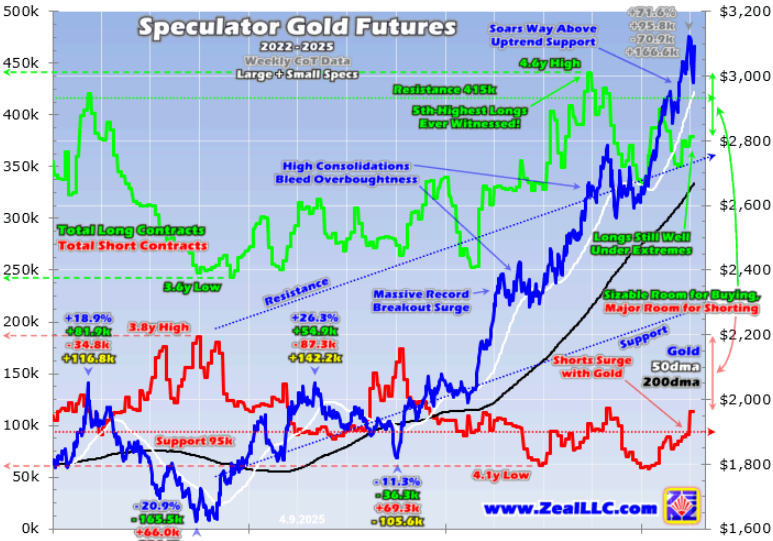
Gold-futures allow extreme leverage currently as high as 20.6x, granting gold-futures trading proportional outsized influence over gold prices. And throughout gold’s monster upleg, spec longs have outnumbered spec shorts by an average of 3.9x across all 79 CoT weeks. So they are proportionally more important than shorts in driving gold’s short-term price action. Excessive spec longs often flag major gold toppings.
In recent years spec longs’ secular upper resistance has run near 415k contracts. Yet on Liberation Day eve, those were still down near 378.6k despite gold’s latest nominal record close of $3,123 the previous day. Alternatively looking at total spec longs in terms of their trading range during this monster gold upleg, they were only 67% up in! That meant American gold-futures speculators still had lots of room to buy.
And in the subsequent stock-market-plunge-straddling CoT week ending this Tuesday, gold also plunged 4.4% infected by that extreme fear. So odds are spec longs fell considerably, which we will find out just a half-hour before this Friday’s close. Total spec longs still nowhere near extremes are a strong indicator gold will continue powering higher on balance. This Wednesday’s huge 3.8% gold rebound corroborated that.
And technically this latest CoT week’s gold plunge actually really improved gold’s near-term outlook, upping its odds of seeing more gains. Those of course would increase gold’s attractiveness, accelerating refuge capital inflows pushing it to new record highs. Gold was extremely overbought heading into all this carnage, stretched way up 18.1% above its 200-day moving average on March 31st! It had soared too far too fast.
Anything over 15% above is considered extreme based on the last five years’ precedent. Another thing making this monster gold upleg so remarkable is it has weathered past extreme overboughtness with mere pullbacks instead of upleg-slaying corrections. In mid-April 2024, gold soared to 18.8% over yet only subsequently suffered a mild 4.0% pullback! Just a month later, gold rebounded back to 17.8% over.
Then in late October just before Trump’s election win, gold surged 18.3% above its 200dma very similar to today. Yet the resulting selloff only reached 8.0% at worst in mid-November, still pullback territory. And again after late March’s latest 18.1% over, gold has only lost 4.6% at worst so far. That was hard and fast too, reversing much overboughtness. This Tuesday, gold was back down to just 11.8% above its 200dma!
So gold is beautifully set up to become investors’ refuge of choice as these unprecedented global trade wars play out. All the stars are aligned for outsized gold demand to persist and mount around the world, pushing gold even deeper into record territory. And of course the higher gold rallies, the more investors will want to buy it. This virtuous-circle dynamic unleashes powerful self-feeding capital inflows into gold.
While every investor needs a 5%-to-10% gold allocation, the biggest beneficiaries of this powerful gold bull will ultimately be gold miners’ stocks. Their earnings leverage higher gold prices, and many quarters in a row now of huge profits growth has left gold stocks deeply undervalued. My essay last week on gold stocks defying markets analyzed that in depth. And that was before last Friday’s extreme fear slammed them.
The leading GDX gold-stock ETF plummeted 8.8% that day, also its worst drop since March 2020’s pandemic-lockdown stock panic! But in the last six reported quarters ending Q4’24, the GDX-top-25 stocks’ implied unit profits soared 87%, 47%, 35%, 84%, 74%, and 78% YoY! Q1’25 is tracking for a 100%ish-YoY rocketing, the best earnings growth in all the stock markets! So this is a fantastic buying opportunity.
Historically the major gold stocks have tended to amplify material gold gains by 2x to 3x. During those last two monster gold uplegs cresting in 2020, GDX averaged big 105.4% gains for 2.5x upside leverage! Gold’s current 71.6% monster upleg should be catapulting GDX 143% to 215% higher, yet at best so far it has only rallied 77.4%. The gold stocks still have massive mean-reversion rallying left to catch up with gold.
The bottom line is gold is becoming the leading refuge in this global-trade-war market carnage. Bubble-valued stock markets are in serious trouble with escalating retaliatory tariffs threatening to choke off much world trade. That’s going to erode revenues of many big US companies, which their earnings will amplify really falling. So US stock markets face more mounting fundamental selling pressure in coming months.
With big tariffs bursting the AI stock bubble, gold’s epic monster upleg ought to continue powering higher on balance. Big central-bank buying has led the way, which will likely accelerate as this global trade war retards demand for US dollars. And American stock investors have barely started chasing gold, speculators’ gold-futures positioning isn’t extreme, and gold’s recent pullback just reversed much overboughtness.


Glencore seeks $13 billion in incentives for Argentina copper projects

Hindustan Zinc to invest $438 million to build reprocessing plant

Samarco gets court approval to exit bankruptcy proceedings

Gold Fields nears $2.4B Gold Road takeover ahead of vote

Metal markets hold steady as Trump-Putin meeting begins

Explaining the iron ore grade shift

Glencore trader who led ill-fated battery recycling push to exit
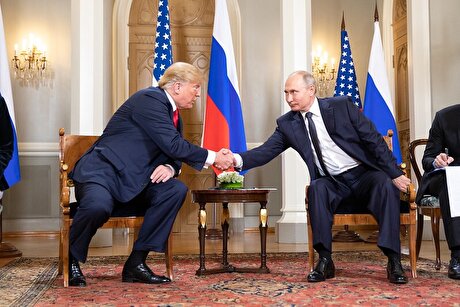
Trump to offer Russia access to minerals for peace in Ukraine
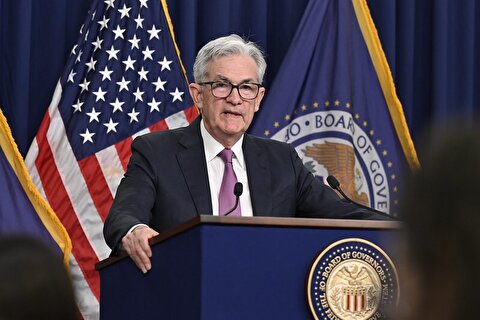
Gold price edges up as market awaits Fed minutes, Powell speech

Abcourt readies Sleeping Giant mill to pour first gold since 2014

Roshel, Swebor partner to produce ballistic-grade steel in Canada

EverMetal launches US-based critical metals recycling platform
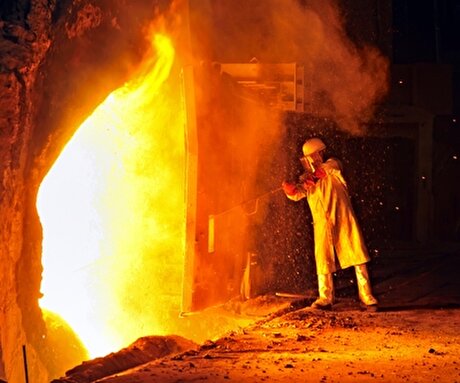
Iron ore price dips on China blast furnace cuts, US trade restrictions

Afghanistan says China seeks its participation in Belt and Road Initiative

Gold price edges up as market awaits Fed minutes, Powell speech

Flash Metals USA advances critical minerals recovery plant in Texas

Glencore trader who led ill-fated battery recycling push to exit

US hikes steel, aluminum tariffs on imported wind turbines, cranes, railcars

US appeals court temporarily blocks land transfer for Resolution Copper

Abcourt readies Sleeping Giant mill to pour first gold since 2014

EverMetal launches US-based critical metals recycling platform

Iron ore price dips on China blast furnace cuts, US trade restrictions

Afghanistan says China seeks its participation in Belt and Road Initiative

Gold price edges up as market awaits Fed minutes, Powell speech

Flash Metals USA advances critical minerals recovery plant in Texas

Glencore trader who led ill-fated battery recycling push to exit

US hikes steel, aluminum tariffs on imported wind turbines, cranes, railcars

US appeals court temporarily blocks land transfer for Resolution Copper







